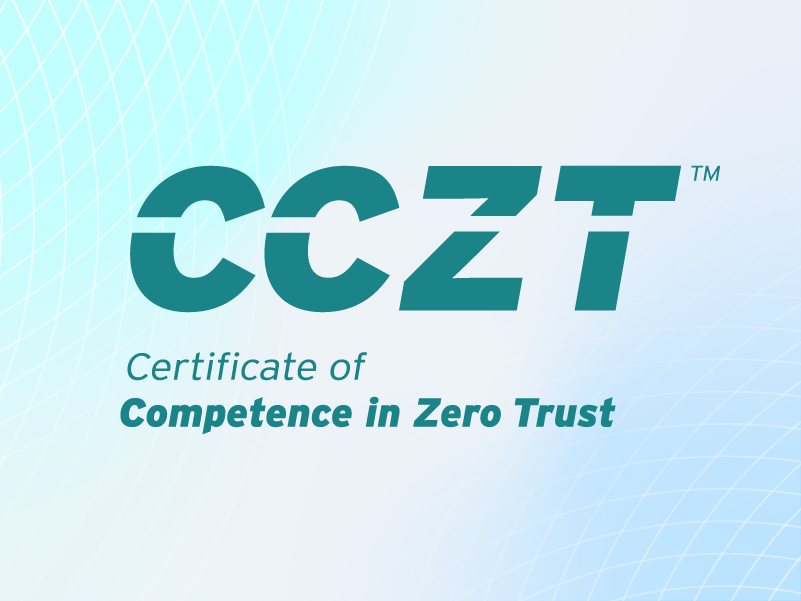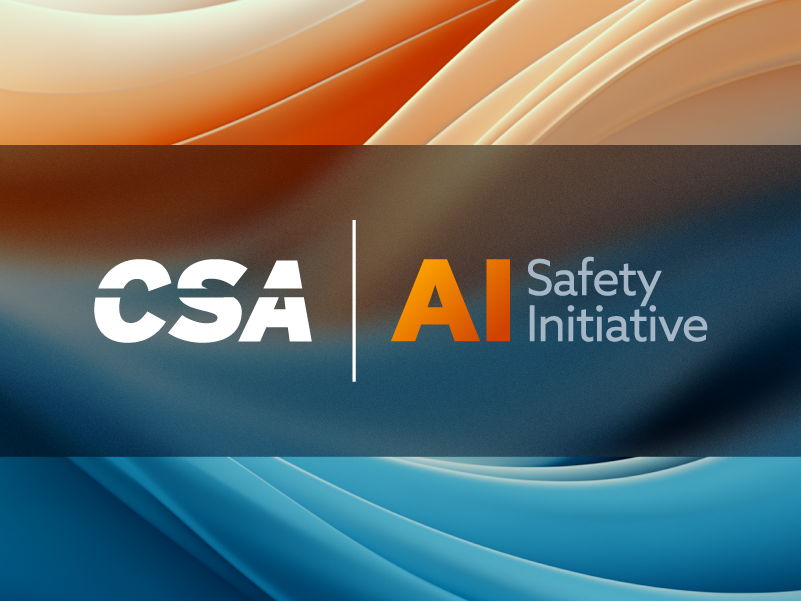Fueling the AI Revolution: Modernizing Nuclear Cybersecurity Compliance
Published 09/09/2025
The relentless growth of AI demands an unprecedented surge in energy production. Is the nuclear sector prepared?
Today, OpenAI’s ChatGPT will process over 2 billion prompts worldwide, consuming more electricity than a small city. Tomorrow, it will process even more.
Now multiply that by every AI model training, every data center humming, and every smart system learning, and you’ve got an exponentially growing energy crisis on your hands. The numbers are staggering, and traditional power sources simply can’t keep up with AI’s voracious appetite for electricity.
Nuclear energy offers a clean, reliable, and abundant solution, but the critical infrastructure and nuclear sectors face a formidable challenge: navigating the complex and often burdensome landscape of cybersecurity regulations. For utilities embracing this new era, ensuring compliance with standards like NERC CIP and NRC 5.71 is not just a regulatory necessity; it’s paramount for national security and operational stability.
Unfortunately, traditional compliance programs are ill-equipped to handle the speed and complexity of modern cyber threats and the intricacies of these stringent regulations. But by leveraging the power of compliance as code, extreme automation, and AI agents, utilities can successfully focus on their core mission of powering the future.
The Nuclear Renaissance
The energy demands of AI are staggering. Training complex models and running large-scale AI applications requires massive amounts of electricity, and the demand is only growing. According to one report by the US Department of Energy, data centers consumed over 4% of total US electricity in 2023 and are expected to consume up to 12% of total US electricity by 2028.
With its ability to generate massive amounts of carbon-free electricity around the clock, nuclear energy offers not just a solution but possibly one of the only realistic paths forward. Tech giants like Microsoft and Google are already betting big on nuclear to power a sustainable AI revolution. Governments and private enterprises are increasingly recognizing the importance of nuclear energy, leading to renewed investment and innovation in the sector.
This growth, however, brings a need for heightened scrutiny and robust cybersecurity. The potential consequences of a cyberattack on a nuclear facility or critical grid infrastructure are catastrophic, making stringent compliance with regulations like NERC CIP (for the bulk electric system) and NRC 5.71 (for nuclear power plants) non-negotiable.
Navigating the Regulatory Maze: NERC CIP and NRC 5.71
NERC CIP and NRC 5.71 are comprehensive sets of cybersecurity requirements designed to protect critical infrastructure and nuclear facilities from cyber threats. These regulations encompass a wide range of controls, including:
- Security Management: Establishing policies, procedures, and responsibilities.
- Personnel Security: Conducting background checks and providing security training.
- Physical and Electronic Security Perimeters: Implementing measures to control access.
- System Security Management: Managing vulnerabilities, patching systems, and implementing security monitoring.
- Incident Response and Recovery: Developing plans to address and recover from cyber incidents.
- Configuration Management and Change Control: Ensuring the integrity of critical systems.
Maintaining compliance with these complex and evolving standards through manual processes is often time-consuming and resource-intensive, requiring significant staff efforts for documentation, assessments, and audits. It can also be error-prone, with tedious paperwork and a lack of real-time visibility increasing the risk of human error. Manual processes even make it more difficult to keep pace with regulatory changes and adapt to emerging threats.
All in all, these challenges can stifle innovation, divert resources from core operations, and ultimately hinder the progress of the nuclear renaissance needed to power our AI-driven future.
Engineering Compliance for the Modern Utility
We’re arriving at a paradigm shift in how utilities approach cybersecurity compliance. The right GRC platform can transform regulatory requirements into machine-readable code, enabling extreme automation and leveraging the power of AI to streamline compliance with NERC CIP and NRC 5.71.
Here are the key ingredients:
- Machine-readable standards with OSCAL support: First, the NIST Open Security Controls Assessment Language (OSCAL) format for both NERC CIP and NRC 5.71 will allow you to ingest, manage, and interpret these complex regulations in a standardized, machine-readable way. OSCAL enables seamless data exchange and interoperability with other security tools and platforms.
- Compliance as code: Treat compliance requirements as code in order to:
- Automate controls implementation: Define and deploy security controls consistently and at scale.
- Automate evidence collection: Continuously gather evidence of compliance, reducing manual effort.
- Automate assessments and audits: Streamline the assessment process and generate audit-ready reports with minimal manual intervention.
- Version control and change management: Track changes to regulations and controls, ensuring consistent compliance over time.
- Extreme automation: Automate repetitive and manual compliance tasks (e.g. automated control testing, vulnerability scanning integration, and continuous monitoring), freeing up cybersecurity and operations teams to focus on strategic initiatives and threat mitigation.
- AI-powered insights: Leverage AI to analyze compliance data, identify potential risks and gaps, and provide intelligent recommendations for remediation. This proactive approach helps utilities stay ahead of threats and maintain a strong security posture.
- Reduced regulatory burden: Drastically reduce the time, cost, and effort associated with NERC CIP and NRC 5.71 compliance by automating significant portions of the compliance lifecycle. This allows utilities to allocate resources more effectively towards innovation and operational excellence.
- Real-time visibility and reporting: Gain real-time visibility into the compliance posture, enabling stakeholders to understand their risk and compliance status at a glance with an always audit-ready posture. Automated reporting capabilities simplify audit preparation and communication with regulators.
Powering the Future Securely
The convergence of the nuclear renaissance and the AI revolution will bring immense opportunities, critical security responsibilities, and a need for modern solutions to navigate the complex regulatory landscape of NERC CIP and NRC 5.71. By embracing compliance as code, extreme automation, and AI, utilities can significantly reduce their regulatory burden, enhance their cybersecurity posture, and focus on the vital task of powering our increasingly AI-driven world.
About the Author
Travis Howerton is the Co-Founder and CEO of RegScale, which overcomes the limitations of legacy GRC by bridging security, risk, and compliance. His former roles include Global Director for Strategic Programs at Bechtel Corporation, Deputy Director for the IT Services Division at Oak Ridge National Laboratory, CTO for the National Nuclear Security Administration, and CIO for the Y-12 Site Office.

Related Resources



Unlock Cloud Security Insights
Subscribe to our newsletter for the latest expert trends and updates
Related Articles:
The First Question Security Should Ask on AI Projects
Published: 01/09/2026
Securing the Future: AI Strategy Meets Cloud Security Operations
Published: 01/09/2026
Introducing the AI Maturity Model for Cybersecurity
Published: 01/08/2026
How to Build a Trustworthy AI Governance Roadmap Aligned with ISO 42001
Published: 01/07/2026




.jpeg)
.jpeg)
.jpeg)